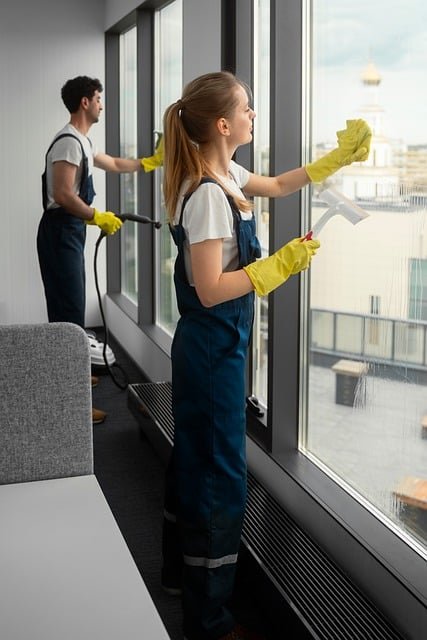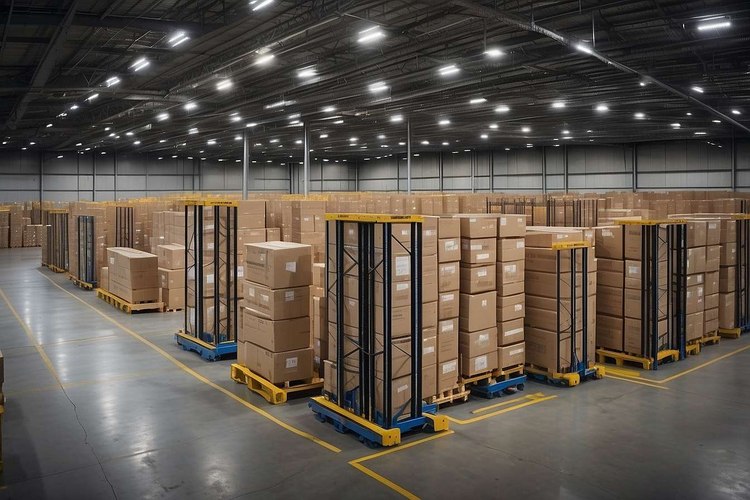Why Cleaning Jobs Are Shaping Global Work Trends
The cleaning industry has quietly become one of the most significant drivers of global employment patterns, with over 75 million people worldwide working in cleaning-related positions. This sector has demonstrated remarkable resilience during economic downturns and continues to expand as urbanization increases and hygiene standards evolve. From office buildings in New York to hospitals in Tokyo, cleaning jobs are creating new pathways for economic mobility while adapting to technological advances and changing workplace expectations.

What tasks are usually part of cleaning jobs?
Cleaning positions encompass a diverse range of responsibilities that vary significantly depending on the work environment and specialization level. Basic janitorial duties typically include sweeping, mopping, vacuuming, and emptying trash receptacles in commercial or residential spaces. However, specialized cleaning roles have emerged that require specific training and equipment expertise.
Hospital and healthcare facility cleaners must follow strict infection control protocols, use specialized disinfectants, and understand biohazard handling procedures. Industrial cleaning professionals work with heavy machinery, chemical treatments, and often perform high-pressure washing or steam cleaning of manufacturing equipment. Residential cleaning services may include deep cleaning tasks such as carpet shampooing, window washing, and detailed kitchen and bathroom sanitization.
The digital age has also introduced new cleaning categories, including data center maintenance, cleanroom operations for technology manufacturing, and specialized cleaning for sensitive electronic equipment. These roles often command higher wages and require technical certifications, demonstrating how the industry continues to evolve beyond traditional expectations.
What qualities are valued in the cleaning field?
Reliability stands as the most crucial characteristic valued by employers across the cleaning industry. Workers must consistently arrive on time, complete tasks without direct supervision, and maintain quality standards even when working independently or during overnight shifts. Attention to detail separates competent cleaners from exceptional ones, as clients expect thorough work that addresses both visible areas and often-overlooked spaces.
Physical stamina and the ability to perform repetitive motions safely are essential requirements, as cleaning work involves prolonged standing, lifting, and maneuvering equipment. Many positions also value multilingual capabilities, particularly in diverse urban markets where cleaners interact with various tenant populations or international business clients.
Communication skills have become increasingly important as the industry professionalizes. Modern cleaning workers often use digital scheduling systems, report maintenance issues through mobile applications, and coordinate with facility managers or homeowners to address specific concerns. Environmental consciousness and knowledge of green cleaning products are also highly sought-after qualities as businesses prioritize sustainability initiatives.
What are the working conditions like in different countries?
Working conditions for cleaning professionals vary dramatically across global markets, influenced by labor regulations, economic development levels, and cultural attitudes toward service work. Nordic countries like Denmark and Sweden typically offer cleaning workers comprehensive benefits, standardized wages above minimum thresholds, and strong union representation that ensures workplace safety protections.
In the United States, cleaning job conditions depend heavily on employment classification and regional regulations. Union-represented cleaners in major cities often receive health insurance, paid time off, and retirement benefits, while independent contractors or workers in right-to-work states may lack these protections. Many U.S. cleaning companies have begun offering flexible scheduling and career advancement programs to address high turnover rates.
Developing economies present mixed conditions, with formal cleaning companies in urban centers increasingly adopting international safety standards, while informal cleaning arrangements may lack regulatory oversight. Countries like Singapore and the United Arab Emirates have implemented specific visa categories and labor protections for foreign cleaning workers, recognizing their essential role in maintaining modern infrastructure.
The COVID-19 pandemic globally elevated awareness of cleaning workers as essential personnel, leading many countries to improve safety equipment access, hazard pay considerations, and workplace health protocols specifically for this sector.
How is the cleaning industry evolving worldwide?
Technology integration represents the most significant transformation reshaping global cleaning operations. Robotic vacuum systems, automated floor scrubbers, and IoT sensors that monitor facility cleanliness levels are becoming standard equipment in commercial settings. These innovations are not eliminating jobs but rather shifting responsibilities toward equipment operation, maintenance, and quality oversight roles.
Sustainability trends are driving demand for eco-friendly cleaning practices, creating opportunities for workers trained in green cleaning certifications and environmentally safe product applications. Many international corporations now require their cleaning contractors to meet specific environmental standards, pushing the industry toward more specialized training programs and professional development opportunities.
The gig economy has also influenced cleaning work patterns, with digital platforms connecting independent cleaners directly with residential and small business clients. This shift has enabled greater entrepreneurial opportunities while challenging traditional employment models and regulatory frameworks across different countries.
Professionalization efforts are elevating the industry’s reputation through standardized training programs, career progression pathways, and recognition of cleaning work as skilled labor rather than entry-level employment. Industry associations worldwide are developing certification programs that enable workers to command higher wages and advance into supervisory or specialized technical roles.
Conclusion
The cleaning industry’s influence on global work trends extends far beyond basic janitorial services, encompassing technological adoption, professional development, and evolving employment relationships. As urbanization continues and hygiene standards remain elevated post-pandemic, cleaning jobs offer stable employment opportunities with increasing potential for specialization and career advancement. The sector’s adaptation to digital tools, environmental consciousness, and flexible work arrangements positions it as a model for how traditional service industries can evolve to meet modern workforce expectations while maintaining essential societal functions.




